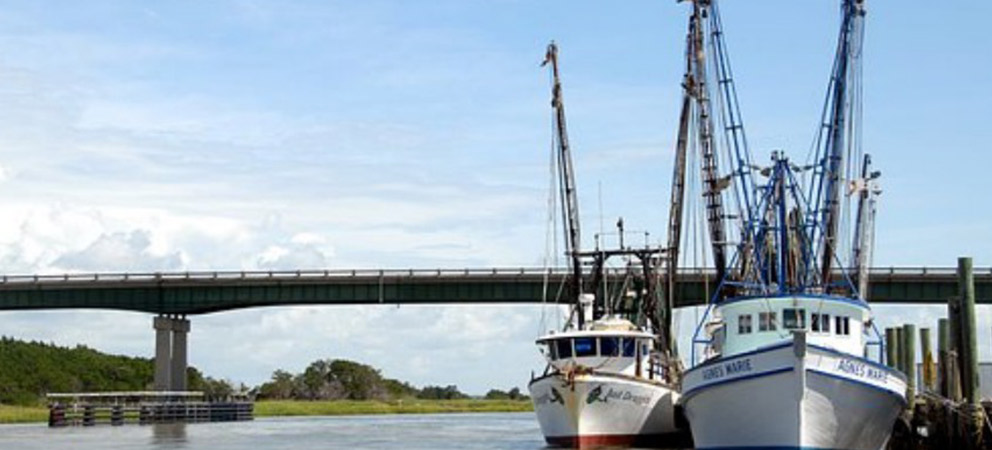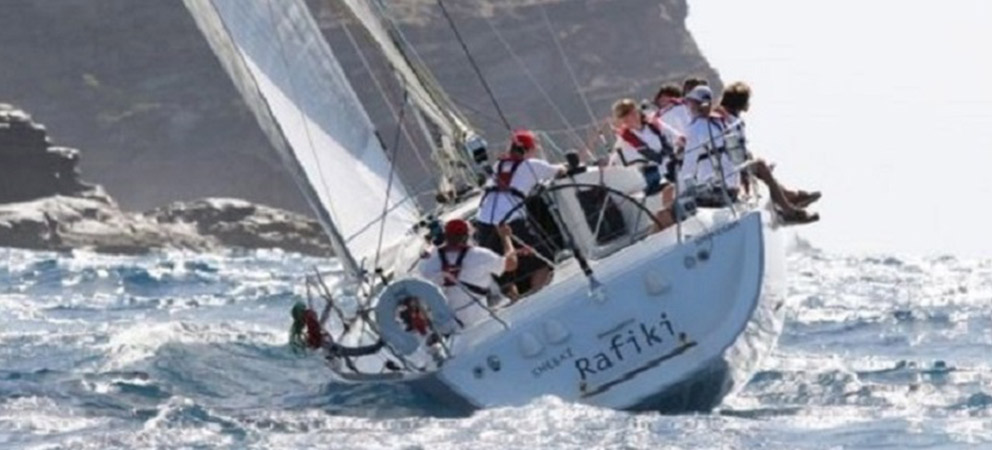A breakdown of domestic commercial vessel safety management system requirements from Australia, New Zealand, United…
STCW – What You Need To Know
Any crewmember with STCW safety certificates, both basic and advanced, that are more than five years’ old will need to sit for the refresher courses (this applies to every position on board). Luckily, you do not need to re-sit your entire STCW, you are only required to update your Basic Fire Prevention and Fire Fighting, Personal Survival techniques, Advanced Fire Fighting and Advanced Sea Survival.
Note: You only need to take these courses if they are applicable to you. Example, if you only took basic [courses] in the past, you only refresh on basic, If you took advanced [courses] in the past, you will refresh both basic and advanced.” The Manila Amendments require the STCW safety training courses to be refreshed by January 1, 2017, so you have until December 31, 2016, to refresh your courses.
The refresher courses are not a one off — the regulations state that they need to be refreshed every five years. The details! Every country/maritime administration has the authority to implement the IMO requirements as they feel is most appropriate. Australian holders of Certificates of Competency (CoC) – Masters and Deck and Engineer Officers certificates will be required to demonstrate continued competence to revalidate their certificate beyond 1 January 2017, and every five (5) years to maintain the validity of their certificate.
Refer to the AMSA FACT SHEET
The MCA’s approach is that they are allowing for the continuing competency on board to be signed off on declaration forms, which can be found in MSN 1865, and then short, shore side courses are undertaken to complete the renewal. Make sure you take training approved or accepted by the country you are applying to or serving on board, and in some cases, both,” she says, adding that first priority is the country issuing your credential, and the second priority is to ensure you have also met any additional or different requirements for your flag state. For example, an American holding a USCG credential and serving on an MCA vessel must take a USCG-approved course, but [they] may have to do that earlier than would be required by the USCG in order to meet the onboard carriage requirements for the MCA of a certificate for courses taken within the previous five years. Failure to take the courses will mean you are not legally allowed to be employed as crew on a vessel (including yacht’s) above a twenty-four-meter load line length come 2017, whether commercial or private.
The Vessel Safety Flip Chart from Ocean Time Marine is a hard-copy operational flip chart for your vessel. It includes 18 pages of useful information regarding a range of emergency procedures, including personal overboard, collision, first aid, severe weather, watch keeping, anchoring and fire.

